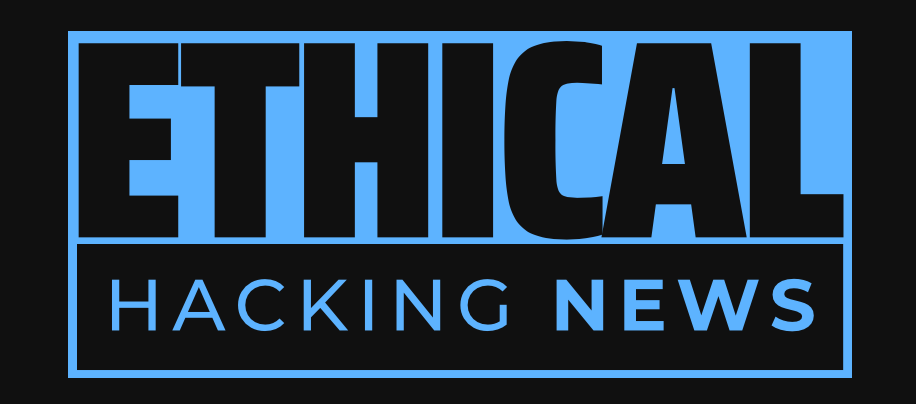
Today's cybersecurity headlines are brought to you by ThreatPerspective
| Follow @EthHackingNews |

| Follow @EthHackingNews |
The OWASP Top 10 Application Security Risks for 2025 highlights key categories and implications for organizations and developers seeking to protect their applications from cyber threats. Learn how to prioritize your security efforts and stay ahead of emerging risks with the latest insights from the Open Worldwide Application Security Project.
As the world continues to rely on software and digital systems, the importance of ensuring their security cannot be overstated. The Open Worldwide Application Security Project (OWASP), a leading organization in the field of application security, has released its latest Top 10 list of application security risks for 2025. This article aims to provide an in-depth look at the OWASP Top 10, highlighting the key findings and implications for organizations and individuals working in the field of software development and security.
The OWASP Top 10 is a data-driven awareness document designed to help organizations prioritize their efforts in securing their applications and digital systems. This year's list builds upon the foundations established by previous iterations, with a focus on emerging trends and technologies that have significant implications for application security.
The top risk category for web apps, APIs, and many other digital systems is broken access control, which impacts an estimated 3.73 percent of applications tested. This issue encompasses a range of problems, including bypassing access control through URL tampering, APIs with missing access controls, guessing URLs to privileged pages as a standard user, or any violation of the principle of least privilege.
Security misconfiguration is a close second, and would be top for cloud and infrastructure security, according to Neil Smithline and Tanya Janca, co-leads of the OWASP Top 10. This category has risen in the list due to an engineering trend that focuses more on configuration than other methods. The average exploit and impact scores from CVEs (Common Vulnerabilities and Exposures) are significantly higher for supply chain failures, making them the third-highest risk category despite relatively few occurrences.
Injection issues, including SQL injection and cross-site scripting, have fallen from third to fifth place due to extensive testing. However, prompt injection, where model responses are manipulated via prompt input to bypass security checks in large language models (LLM) and Gen AI applications, is now ranked as the top risk for these types of applications.
A new category has been added to address code that does not respond correctly to unusual situations, including race conditions, attacks on partially completed transactions, or revealing sensitive information in error messages. This issue highlights the need for better handling of exceptional conditions and is a direct result of community feedback to previous iterations of the OWASP Top 10.
The release of the OWASP Top 10 provides valuable insights into the current state of application security, highlighting areas where organizations should focus their efforts. While progress has been made in some areas, others remain unchanged, underscoring the ongoing struggle to keep pace with emerging threats and technologies.
OWASP's findings emphasize the importance of adopting a proactive approach to application security. By understanding the top risks and taking steps to mitigate them, organizations can significantly reduce their vulnerability to cyber threats and ensure the integrity and confidentiality of sensitive data.
The OWASP Top 10 is more than just a list of risks; it serves as a call to action, urging developers, organizations, and policymakers to prioritize application security. By understanding these key areas of risk, individuals can make informed decisions about how to protect their digital assets and contribute to creating a safer online environment for everyone.
As the technology landscape continues to evolve at an unprecedented pace, the OWASP Top 10 serves as a vital resource for anyone working in the field of software development and security. By staying informed about emerging risks and best practices, individuals can play a critical role in shaping a more secure digital future.
| Follow @EthHackingNews |